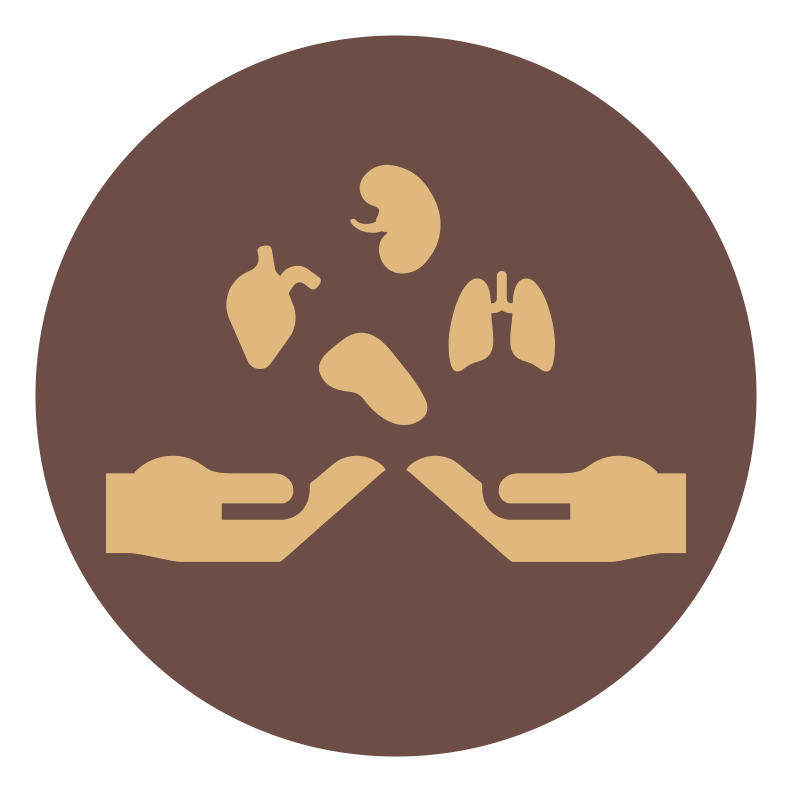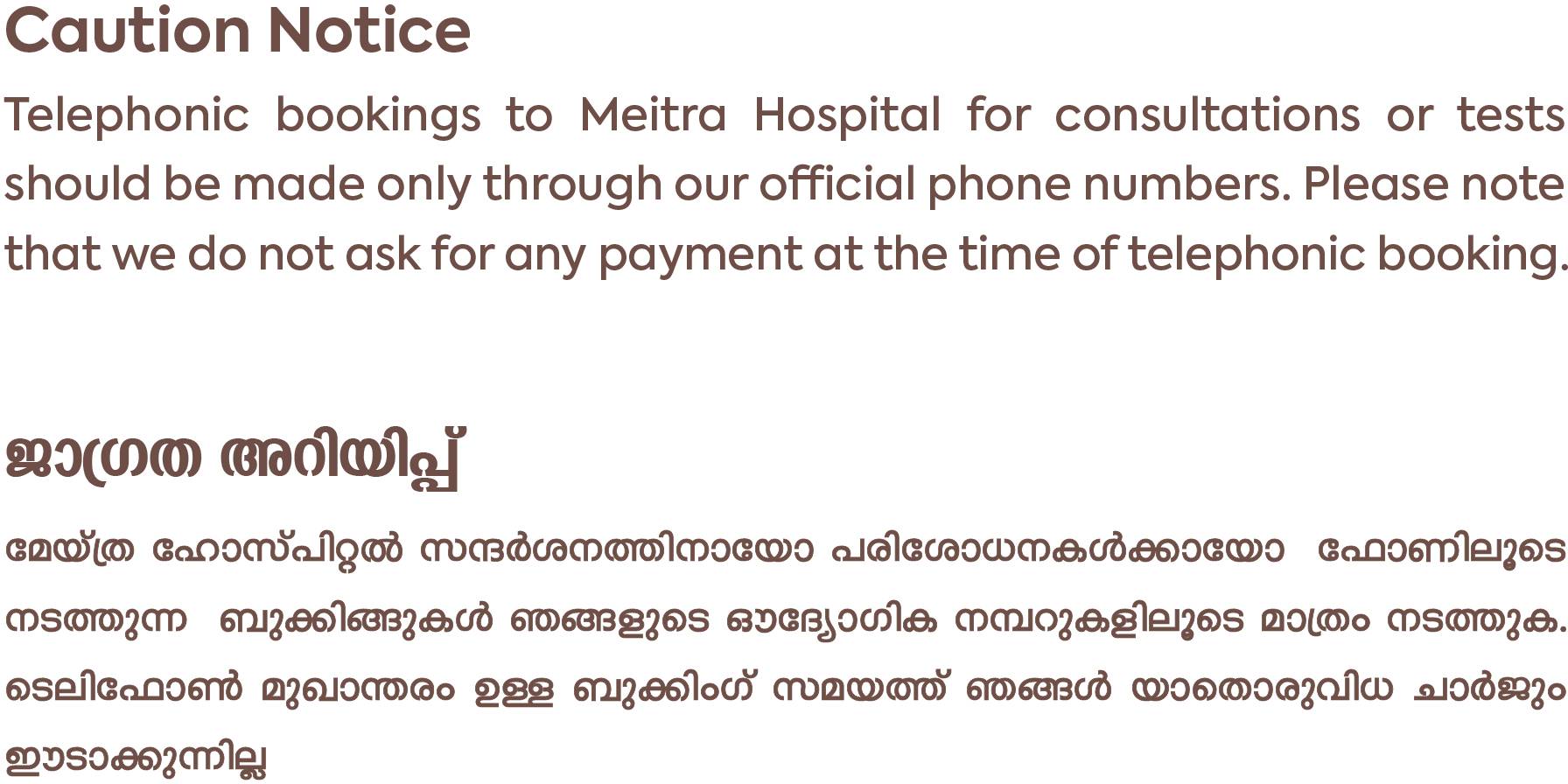- Our Doctors
- Our Specialities
Centres of Excellence
-
 Centre for Blood Diseases, BMT & Cancer Immunotherapy
Centre for Blood Diseases, BMT & Cancer Immunotherapy -
 Centre for Bone, Joint & Spine
Centre for Bone, Joint & Spine -
 Centre for Critical Care Medicine and ECMO Services
Centre for Critical Care Medicine and ECMO Services -
 Centre for Gastrosciences
Centre for Gastrosciences -
 Centre for Heart & Vascular Care
Centre for Heart & Vascular Care -
 Centre for Nephro-Urosciences
Centre for Nephro-Urosciences -
 Centre for Neurosciences
Centre for Neurosciences -
 Centre for Obstetrics and Gynaecology
Centre for Obstetrics and Gynaecology -
 Centre for Organ Transplantation
Centre for Organ Transplantation
Super Speciality
-
 Advanced Diagnostic and Interventional Radiology
Advanced Diagnostic and Interventional Radiology -
 Anesthesiology & Pain Management
Anesthesiology & Pain Management -
 Clinical Nutrition and Dietetics
Clinical Nutrition and Dietetics -
 Dental and Maxillofacial Surgery
Dental and Maxillofacial Surgery -
 Dermatology
Dermatology -
 Emergency and Trauma
Emergency and Trauma -
 Endocrinology and Metabolic Disease
Endocrinology and Metabolic Disease -
 ENT and Head & Neck Surgery
ENT and Head & Neck Surgery -
 Family Medicine
Family Medicine -
 General and Laparoscopic Surgery
General and Laparoscopic Surgery -
 General Medicine
General Medicine -
 GI Onco Surgery
GI Onco Surgery -
 GI Oncology
GI Oncology -
 GI Surgery, Advanced Laparoscopy and Gastro Oncosurgery
GI Surgery, Advanced Laparoscopy and Gastro Oncosurgery
-
- Key Procedures
- Our Hospitals
- International Patient
- Contact us
-
Quick Links


Airway Stenting (Bronchial Stenting)
Advanced lung cancer or certain other conditions can constrict or compress your airway (bronchus). This can make you feel short of break, if the bronchus becomes blocked, difficulty breathing, cough, and pneumonia can result. Using a bronchoscope, a doctor can advance a wire mesh stent into a narrowed airway. A stent is a hollow tube that can be placed in your airway to open the narrowed area and help you breathe Expanding the stent can open a bronchus and relieve symptoms caused by the constriction.
Bronchial stenting is performed to alleviate symptoms caused by airway obstruction, such as shortness of breath, coughing, or wheezing. It can help improve breathing, maintain lung function, and enhance the quality of life in individuals with various airway conditions.
World Tuberculosis Day | Meitra Hospital
Meet Our Doctors
Frequently Asked Questions:
How does bronchial stenting work?
During the procedure, a bronchoscope—a thin, flexible tube with a camera—is inserted through the nose or mouth and guided into the airways. A stent is then carefully placed in the narrowed or blocked area of the bronchial tubes, expanding the airway and allowing for improved breathing.
Is bronchial stenting a permanent solution?
Bronchial stenting can provide long-term relief; however, the duration of stent placement may vary depending on the underlying condition and individual circumstances. In some cases, stents may need to be replaced or removed in the future.
Who is a candidate for bronchial stenting?
Candidates for bronchial stenting are typically individuals with airway narrowing or blockage caused by conditions like lung cancer, benign strictures, tracheobronchomalacia, or other airway abnormalities. A thorough evaluation by a pulmonologist or interventional pulmonologist is necessary to determine if bronchial stenting is an appropriate treatment option.

 +91 9393 108 108
+91 9393 108 108

















































